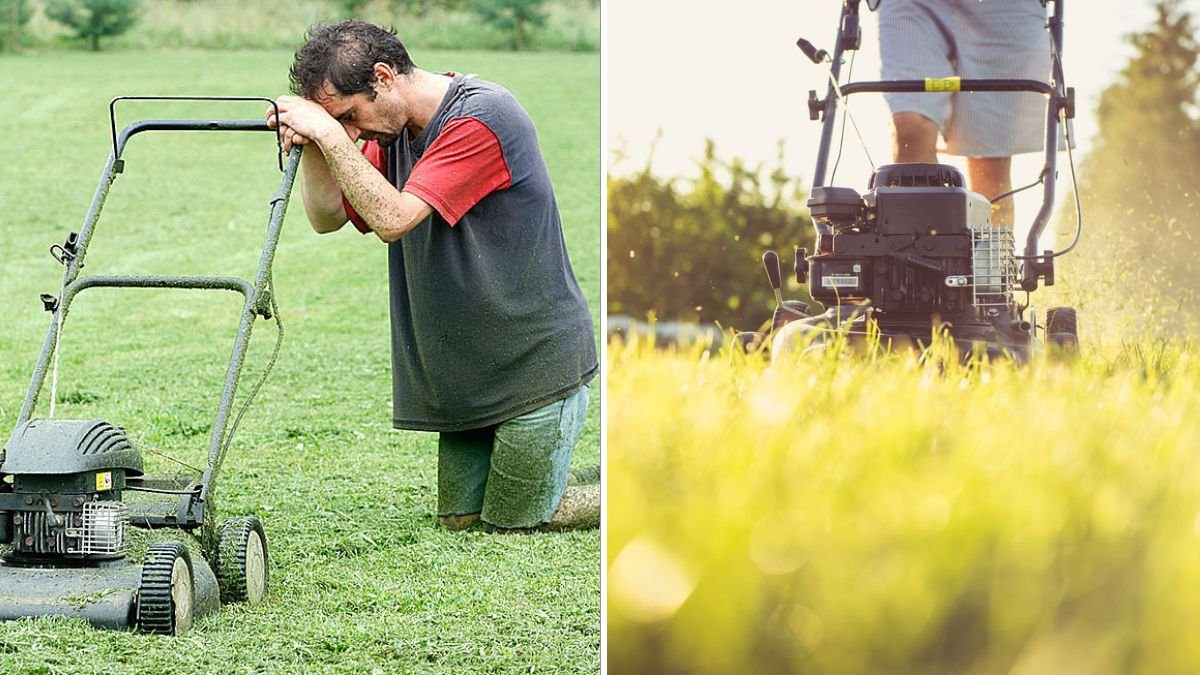A lush, green lawn is the pride of many homeowners, but summer heat can make it challenging to keep grass healthy. Between scorching sun, drought stress, and frequent foot traffic, your lawn needs extra care during the hottest months. One of the most common questions people ask is: Should you leave grass longer in summer?
According to lawn care experts, the answer is a resounding yes—but with some important considerations. Let’s dive into why leaving your grass a little taller in summer can benefit your lawn, how to do it correctly, and when shorter grass may still be the right choice.
Why Longer Grass is Better in Summer
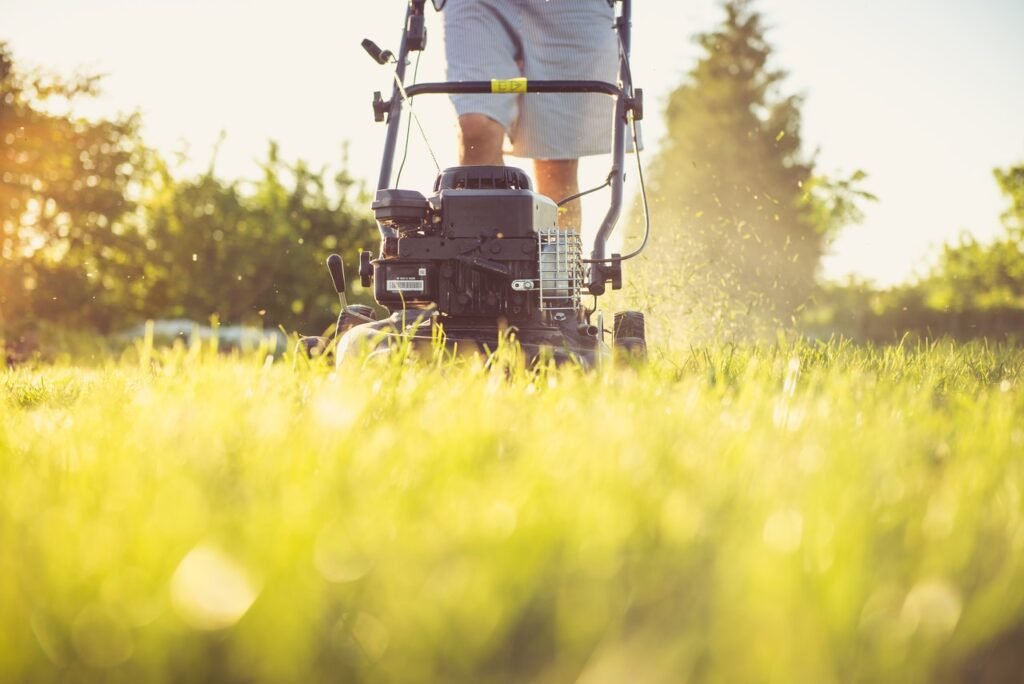
Grass height plays a huge role in overall lawn health. During summer, higher temperatures and reduced rainfall stress grass plants, making them more vulnerable to damage. Allowing grass blades to grow a bit taller can help your lawn survive the heat. Here’s why:
- Shade for the Soil
Taller grass provides natural shade, reducing soil temperatures and evaporation. This helps lock in precious moisture during hot days, which is crucial when rain is scarce. - Deeper Root Growth
When grass is allowed to grow taller, its roots also tend to grow deeper. Deeper roots mean better access to underground water and nutrients, increasing drought resistance. - Weed Suppression
Long grass creates a denser canopy that blocks sunlight from reaching weed seeds. This natural weed control reduces the need for chemical treatments. - Less Stress on the Grass
Frequent mowing at low heights weakens grass. By letting it grow a little taller, you allow the plant to conserve energy and focus on staying healthy in stressful conditions.
The Ideal Grass Height for Summer
While mowing higher in summer is beneficial, you don’t want to let your lawn become overgrown. The best mowing height depends on the type of grass you have:
- Cool-season grasses (fescue, Kentucky bluegrass, ryegrass): 3–4 inches in summer.
- Warm-season grasses (Bermudagrass, zoysia, St. Augustine): 2–3 inches in summer.
- Mixed lawns: Err on the higher side for extra protection.
Pro Tip: Follow the “one-third rule”: never cut more than one-third of the grass blade at a time. Cutting too much shocks the plant and makes it more vulnerable to heat stress.
How Grass Length Affects Watering
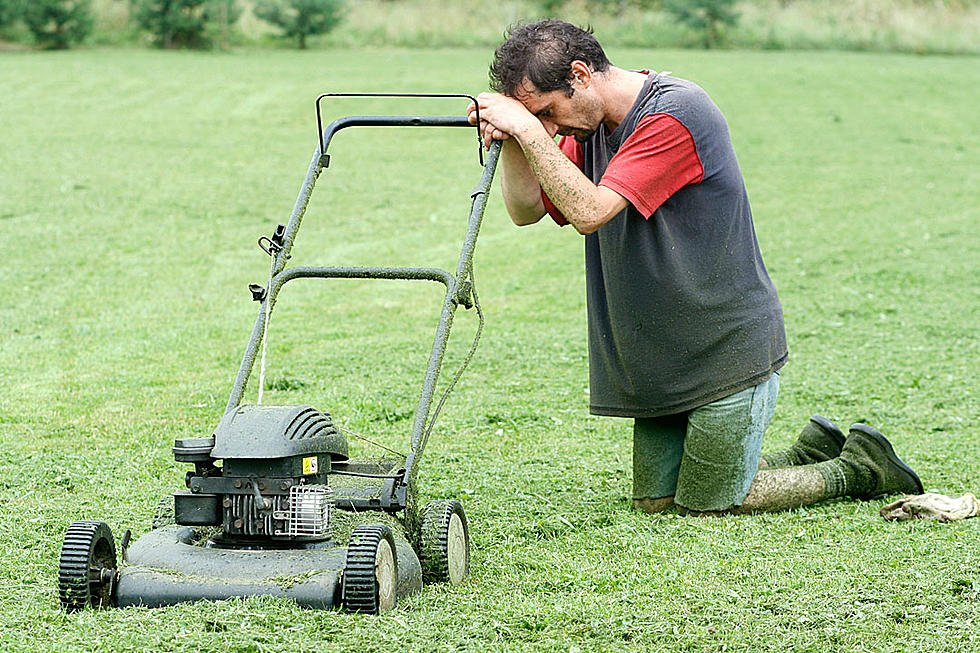
Many homeowners wonder how mowing height impacts watering. The truth is, taller grass requires less frequent watering because the shade it provides reduces evaporation. This can be a game-changer in regions where water restrictions are in place.
- Water deeply and infrequently—about 1–1.5 inches per week.
- Early morning watering is best to reduce evaporation.
- Taller grass can extend the time between waterings by keeping soil cooler.
The Role of Grass Clippings
If you leave your lawn longer in summer, mulching clippings becomes even more beneficial.
- Mulched clippings act as natural fertilizer, returning nitrogen and organic matter to the soil.
- They add another layer of moisture protection by keeping the soil cooler.
- Make sure clippings are short enough not to smother the grass.
Common Mistakes to Avoid
Even though mowing higher helps in summer, some common missteps can undo the benefits:
- Letting Grass Grow Too Tall
If you wait too long between mowings, the grass may grow excessively tall. Cutting it back down in one pass will stress the lawn. Instead, mow more frequently but keep the mower blade higher. - Using Dull Mower Blades
Dull blades tear grass instead of cutting it cleanly, which stresses plants and increases disease risk. Sharpen mower blades at least once or twice a season. - Scalping the Lawn
Cutting grass too short (“scalping”) exposes soil, promotes weeds, and leaves roots vulnerable to heat. Scalping is especially damaging in summer.
When Shorter Grass May Be Appropriate
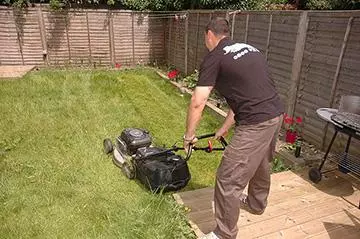
While taller grass is generally better in summer, there are exceptions:
- Sports or activity areas: Lawns used for sports or frequent play may need shorter grass for comfort and function.
- Certain warm-season grasses: Bermuda and zoysia can handle slightly shorter mowing without damage, though they still benefit from extra height in heatwaves.
- Pest concerns: In some regions, longer grass can harbor ticks or other pests. If that’s a concern, balance lawn height with pest prevention measures.
Expert Tips for Summer Lawn Care
Beyond mowing height, here are additional strategies to help your grass thrive:
- Aerate Before Summer Heat
Aeration improves water and nutrient absorption, helping grass handle stress better. - Feed Wisely
Apply slow-release or organic fertilizers in late spring or early summer. Avoid heavy feeding during extreme heat, which can burn grass. - Limit Foot Traffic
Grass under stress recovers more slowly. Try to minimize heavy use of the lawn in peak summer heat. - Adjust Mowing Frequency
Grass grows slower in hot, dry conditions. Adjust mowing schedules based on growth, not a fixed routine.
The Bottom Line
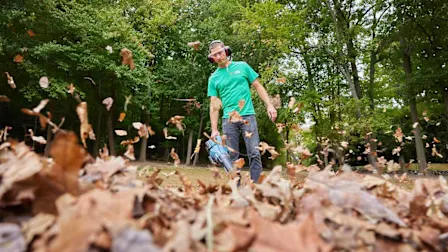
So, should you leave grass longer in summer? Yes—experts agree that mowing at a higher setting helps your lawn retain moisture, grow deeper roots, suppress weeds, and stay healthier through the heat.
The key is balance: don’t let the grass get out of control, follow the one-third rule, and tailor mowing height to your grass type. With the right approach, you’ll enjoy a greener, thicker lawn that weathers summer stress beautifully.
By letting your grass grow a little taller this season, you’re not neglecting your yard—you’re giving it exactly what it needs to thrive.
